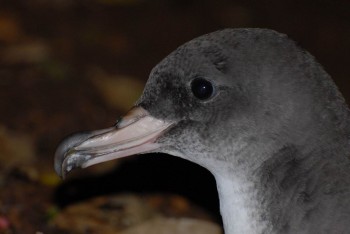ACAP’s Fifth Session (MoP5) of its Meeting of Parties - the decision-making body of the Agreement -- will take place from Monday to Friday next week in Santa Cruz de Tenerife, Tenerife, Canary Islands, Spain. The meeting will be held in the Iberostar Grand Hotel Mencey.
All 13 Parties to the Agreement will attend, as will observers from Canada, Namibia and the United States of America. In addition representatives from the Convention on Migratory Species and BirdLife International will be present (click here for a list of meeting participants).
The Session will be chaired by Mr Ricardo Losa Giménez (Ministerio de Asuntos Exteriores y de Cooperación, Spain) with Dr Marco Favero, Chair of ACAP’s Advisory Committee as the meeting’s Vice Chair.
MoP5 will hear the report of its Advisory Committee, which last met in Punta del Este, Uruguay in September last year (click here). Other matters for discussion include the nomination of Chile’s endemic Pink-footed Shearwater Puffinus creatopus for listing as ACAP’s 31st species and second shearwater, criteria for listing and de-listing species on Annex 1, lethal experimentation and identifying prospective new Parties to the Agreement.

Pink-footed Shearwater, photograph by Peter Hodum
Click here to access the provisional agenda for the meeting and here to download the 29 meeting documents.
The last Meeting of the Parties was held in Lima, Peru in April 2012, following previous sessions in Peru (2009), New Zealand (2006) and Australia (2004) (click here).
John Cooper, ACAP Information Officer, 02 May 2015

 English
English  Français
Français  Español
Español 


